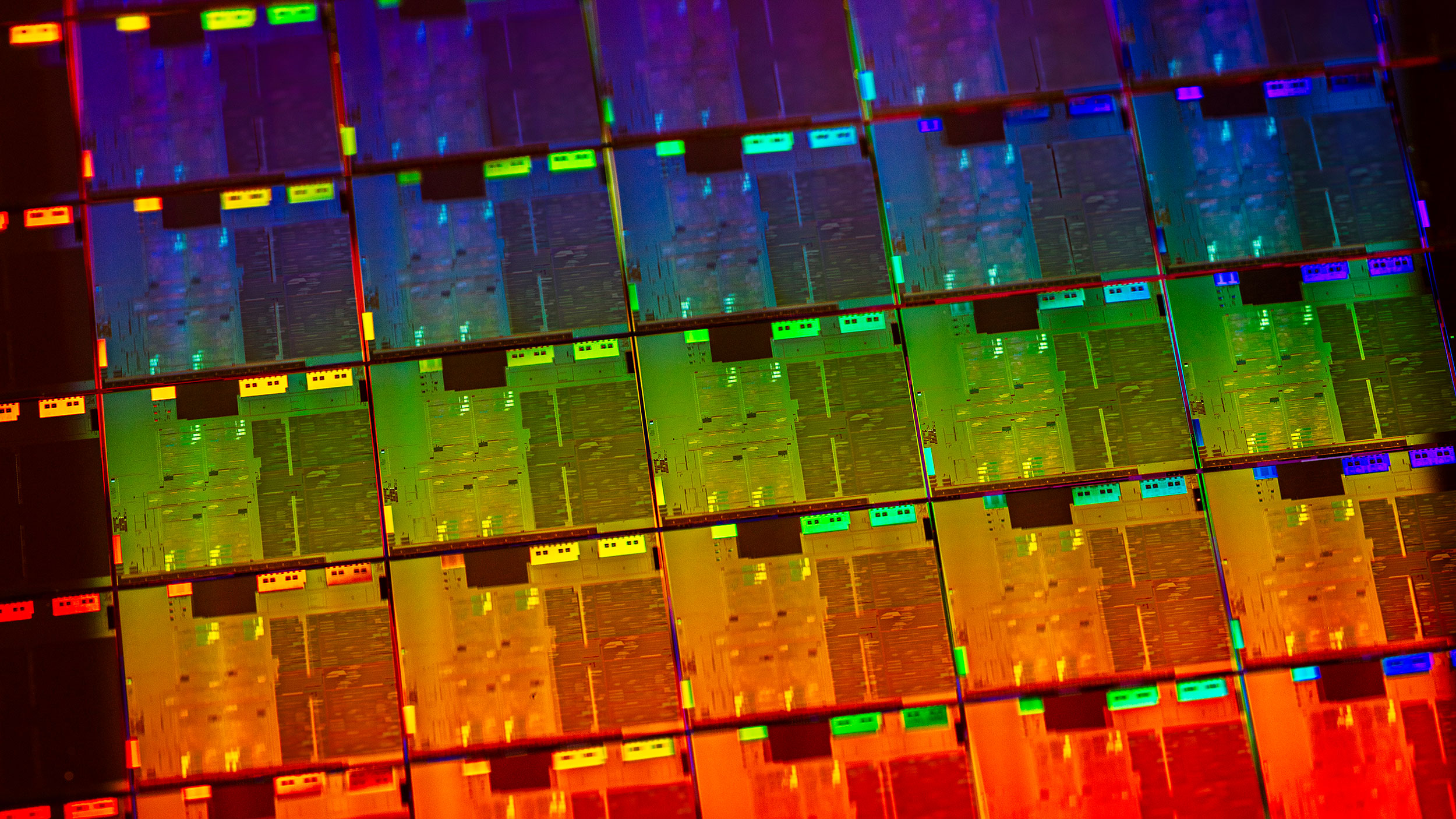According to a tweet by leaker @momomo_us, Intel is refreshing its Xeon D lineup with the Ice Lake architecture. These parts are known as Ice Lake-D and will be replacing older Xeon D architectures with several major upgrades.
Xeon D is a branch of Xeon processors aimed towards the ‘microserver’ market, these chips are optimized for ultra-low power consumption while maintaining decent performance. These chips are categorized between the Atom and Xeon E3 families of CPUs and designed for low-end server workloads. Xeon D competes directly with ARM server processors from competing chip fabs.
Image 1 of 2
Image 2 of 2
The biggest upgrade coming to Ice Lake-D is memory support, current Xeon D processors are limited to 512GB on the higher core count variants, while the lower core count models are limited to just 128GB of memory. This might sound like a lot of RAM, but in the server space, 128GB-512GB of memory can be quite limiting depending on the workload.
Ice Lake-D upgrades the memory capacity for higher core count variants to 1TB of memory capacity, as well as 2933MT/s memory speeds (up from 2667MT/s). We don’t know how much memory capacity the lower core count Ice Lake-D CPUs will have, but according to an ASRock board layout for these chips, they will be limited to triple channel memory support like the last generation. So expect RAM capacity to be below 1TB.
Image 1 of 2
Image 2 of 2
For core counts, Ice Lake-D will be upgraded to a maximum of 20 cores on the top-end models, compared to just 16 for the current-gen chips. Plus these new CPUs will be built on the modern Ice Lake 10nm process, so expect a nice jump in efficiency with the new architecture.
TDPs remain the same, with configurations ranging from 25W to 110W.
The biggest mystery remaining for Ice Lake-D is its actual performance and performance per watt, we’ll have to wait until later this year for Intel to share details on the actual performance of these processors.
